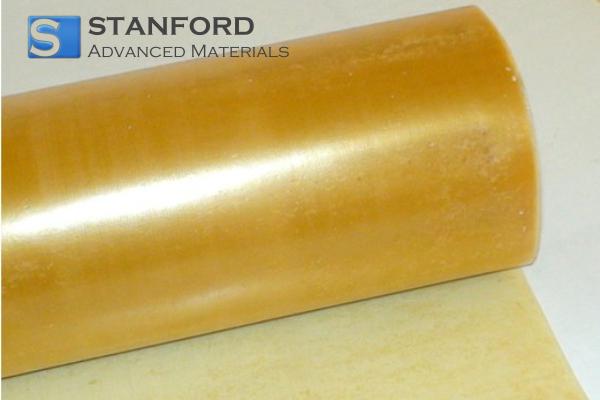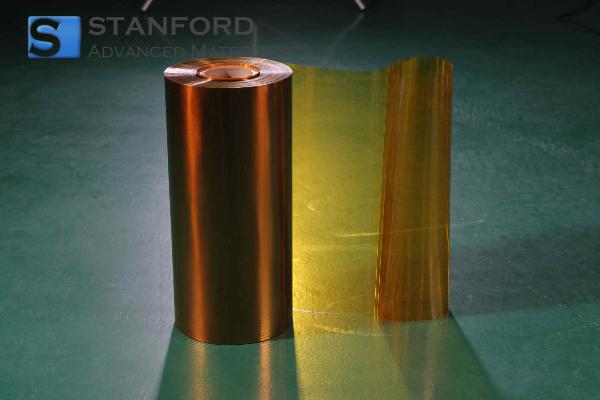Fluorine: Element Properties And Uses
Description
Fluor is a highly reactive and electronegative chemical element. It is known for its specific properties and its wide range of applications in industry and science.
Introduction to the Element
Fluor (Symbol: F, Atomic Number: 9) is a halogen in the periodic table and belongs to group 17. It is the most reactive and electronegative of all elements. Consequently, it plays a key role in various chemical processes. Fluor occurs naturally in minerals, particularly in fluorite, and is primarily produced synthetically given its vigorous reactivity.
Due to its aggressive nature, fluor forms compounds with nearly all elements.
Chemical Properties Description
Fluor is a non-metal that exhibits distinct chemical properties:
Reactivity: Under specific conditions, fluor forms compounds with other elements, including metals, non-metals and even noble gases. This occurs because of its high electronegativity and small atomic radius, which enhances its ability to attract electrons.
Oxidising Agent: Fluor is one of the strongest known oxidising agents. It readily accepts electrons, forming fluoride ions (F-).
Family of Halogens: As a halogen, fluor shares certain properties with chlorine, bromine, iodine and astatine. However, its reactivity is considerably greater than that of the other halogens.
Bond Formation: Fluor forms stable bonds with most metals. Consequently, ionic compounds such as sodium fluoride (NaF) and calcium fluoride (CaF₂) are produced and used in various applications.
Physical Properties Data Table
|
Property |
Description |
|
Atomic Number |
9 |
|
Symbol |
F |
|
Atomic Mass |
18.998 g/mol |
|
Phase at Room Temperature |
Gas |
|
Melting Point |
-219.62 °C |
|
Boiling Point |
-188.11 °C |
|
Density |
1 696 g/L (at 0°C) |
|
Electronegativity |
3.98 (according to the Pauling Scale) |
|
Appearance |
Pale yellow gas |
For further information, please visit Stanford Advanced Materials (SAM).
Common Uses
Fluor is applied in various industrial and scientific settings:
Fluoropolymers: Fluor is essential in the production of fluoropolymers such as Teflon (Polytetrafluoroethylene, PTFE). It is used in anti-stick coatings for cookware and in industrial applications because of its heat resistance and low friction properties.
Pharmaceuticals: Fluor is incorporated into various pharmaceutical compounds to enhance their stability and effectiveness. Fluorinated compounds are frequently included in medicines such as antibiotics, antidepressants and anti-inflammatory drugs.
Nuclear Fuel Processing: Fluor is employed in the form of uranium hexafluoride (UF6) for the enrichment of uranium. This process is necessary for the production of nuclear fuel.
Water Fluoridation: Fluoride compounds derived from fluor are commonly added to drinking water. This practice reduces the incidence of dental caries.
Electronics: Fluor is utilised in semiconductor manufacture. It forms stable compounds with silicon and other elements essential for the electronics industry.
Preparation Methods
Fluor is typically produced by electrolysing potassium fluoride (KF) in a hydrofluoric acid (HF) solution. During this process, an electric current is passed through molten KF. Fluorine gas is produced at the anode while potassium metal forms at the cathode.
Due to the high reactivity of fluor, the procedure is carried out in specialised electrochemical cells. These cells are lined with materials that withstand the corrosive effects of fluor.
Related Industrial Products
- Hydrofluoric Acid (HF): It is used in the production of aluminium, uranium enrichment and as a catalyst in oil refining.
- Teflon (PTFE): A fluoropolymer widely employed in sectors ranging from food processing to the chemical industry.
- Fluorinated Refrigerants: Fluorinated compounds such as partially halogenated fluorocarbons (HFCs) are applied in refrigeration systems. Concerns regarding their environmental impact have led to the development of alternative compounds.
- Fluoride Compounds: These are used in products such as toothpaste and water fluoridation agents.
Frequently Asked Questions
What makes fluor so reactive?
Fluor’s high electronegativity and small atomic size contribute to its reactivity. It has a strong tendency to attract electrons, thereby forming compounds with most elements.
How is fluor produced for industrial use?
Fluor is generally produced by the electrolysis of molten potassium fluoride (KF) or other fluoride compounds. The process produces fluorine gas at the anode.
What hazards are associated with handling fluor?
Fluor is highly toxic, corrosive and reactive. It can cause severe burns and damage to the respiratory system if inhaled. Therefore, strict safety measures are required when handling fluor.
Is fluor used in pharmaceuticals?
Yes, fluor is included in various pharmaceutical preparations, including cancer drugs, antibiotics and antidepressants to improve their efficacy and stability.
Why is fluor added to drinking water?
Fluoride compounds are added to drinking water to prevent dental caries. They strengthen tooth enamel and reduce bacterial activity that causes caries.

 Bars
Bars
 Beads & Spheres
Beads & Spheres
 Bolts & Nuts
Bolts & Nuts
 Crucibles
Crucibles
 Discs
Discs
 Fibers & Fabrics
Fibers & Fabrics
 Films
Films
 Flake
Flake
 Foams
Foams
 Foil
Foil
 Granules
Granules
 Honeycombs
Honeycombs
 Ink
Ink
 Laminate
Laminate
 Lumps
Lumps
 Meshes
Meshes
 Metallised Film
Metallised Film
 Plate
Plate
 Powders
Powders
 Rod
Rod
 Sheets
Sheets
 Single Crystals
Single Crystals
 Sputtering Target
Sputtering Target
 Tubes
Tubes
 Washer
Washer
 Wires
Wires
 Converters & Calculators
Converters & Calculators
 Write for Us
Write for Us




 Chin Trento
Chin Trento



